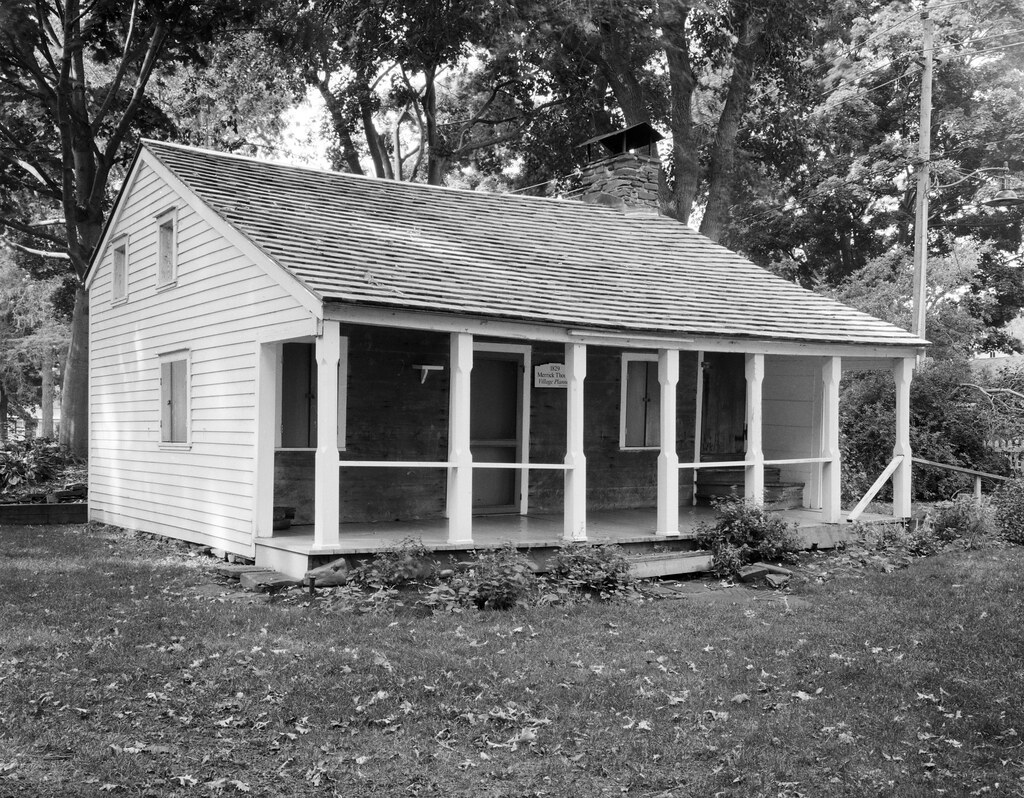It only took ten weeks to get to the founding of Oakville itself. Oakville is the product of William Chisholm’s vision, Merrick Thomas’s planning, and the hard work of those who did the hard work. And while today, construction is straightforward and mechanised, in the 1830s, everything had to be done by hand, and it took more than one person to build a community.

The land around the mouth of the Sixteen Mile Creek was ceded to the British Crown under Treaty 22 in 1822. Although it had been left in the stewardship of the Mississauga’s during the 1805 Treaty 14 purchase, the area was still part of the Thomas Street Survey of 1806, designating the mouth as part of Lot 11, Concession IV, Trafalgar Township. Having submitted a successful proposal to the Province for constructing a shipyard, trade harbour, and townsite, Chisholm purchased the lot for a sum of £1,029 or 3,517$ (Canadian) in 2022. He authorised his son Robert and son-in-law Merrick Thomas to lay out a townsite plan that included a shipyard and harbour. Merrick built himself a simple frame house in 1829 and began the survey work. Much like the work to survey the township, surveying a townsite is done in the same manual manner. The townsite was contained within the modern borders of Rebbecca/Reynolds in the north, Allan in the east and Brock in the west. Streets were laid out in a grid pattern and divided into blocks; each block contained six quarter-acre lots. Lots were put up for sale in 1833; sales were on the condition that the purchaser constructs a frame, brick or stone house within eighteen months of the purchase. William retained ownership of the land around the creek mouth and, under the eye of Merrick and Robert, constructed a shipyard, sawmill, and store. The mouth was also dredged out, and piers were built for harbour purposes. Warehouses and a small community began to grow around the harbour. Stores, taverns, and inns soon followed, most centred around the intersection of Navy and Lakeshore (then Colborne). The name Oakville was chosen when the postal service arrived in 1835, named for the number of white oak trees, which was William’s nickname. By 1851 the population hit 916, and it was incorporated as a town in 1857, with William’s eldest son George elected as the first Mayor. But the collapse of the grain trade gutted the community as most of the economy was tied directly to that trade. But other industries took up the slack, and by 1871 the population hit 1,000. The community expanded north in 1913 with the Brantwood Survey, which expanded some 200,000 acres to Cornwall Road. In 1962 Oakville’s reach was expanded as most of the Trafalgar Township was amalgamated into the town. Today the population sits at 240,000, the largest town in Ontario.
Today the Thomas House is one of the oldest surviving building in Oakville, Ontario. Completed in 1829, the house was saved from demolition by Hazel Chisholm and was one of two buildings that housed the original collection of the Oakville Museum. And it made the obvious choice to represent the initial survey of the town of Oakville. Today the museum is housed in a much larger location, but the house is open to the public in its home in Lakefront Park.